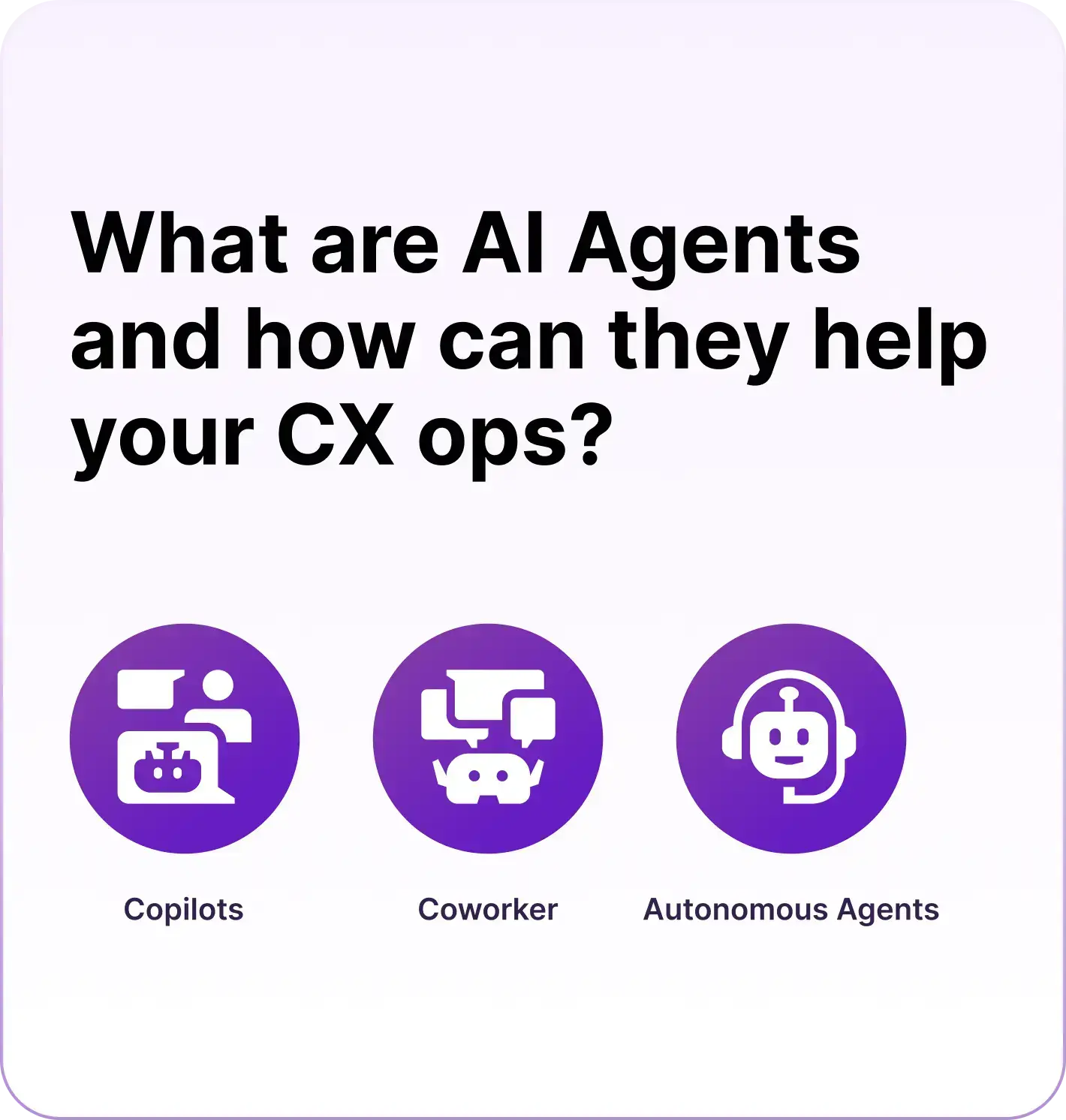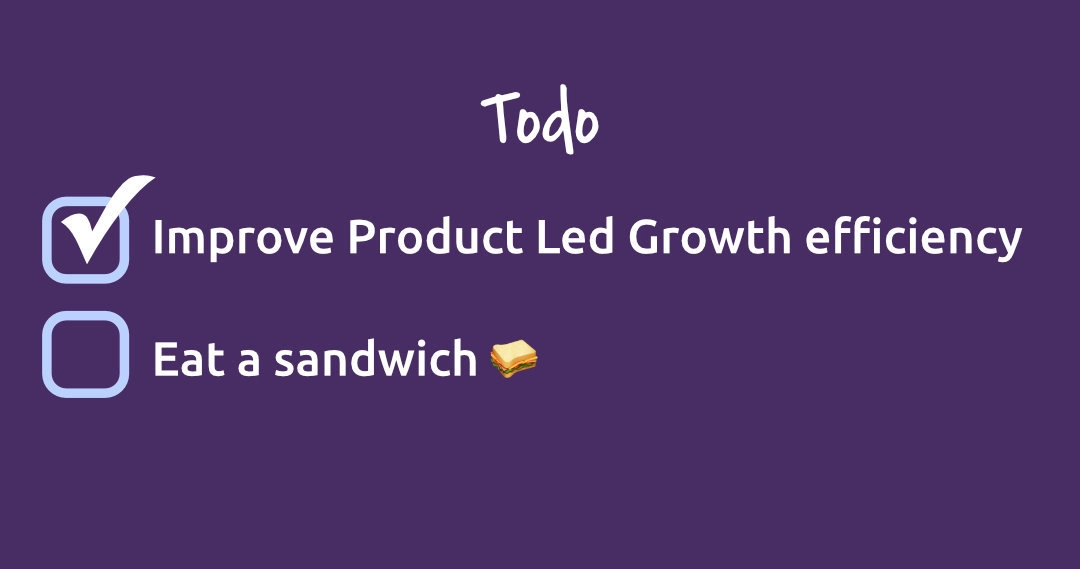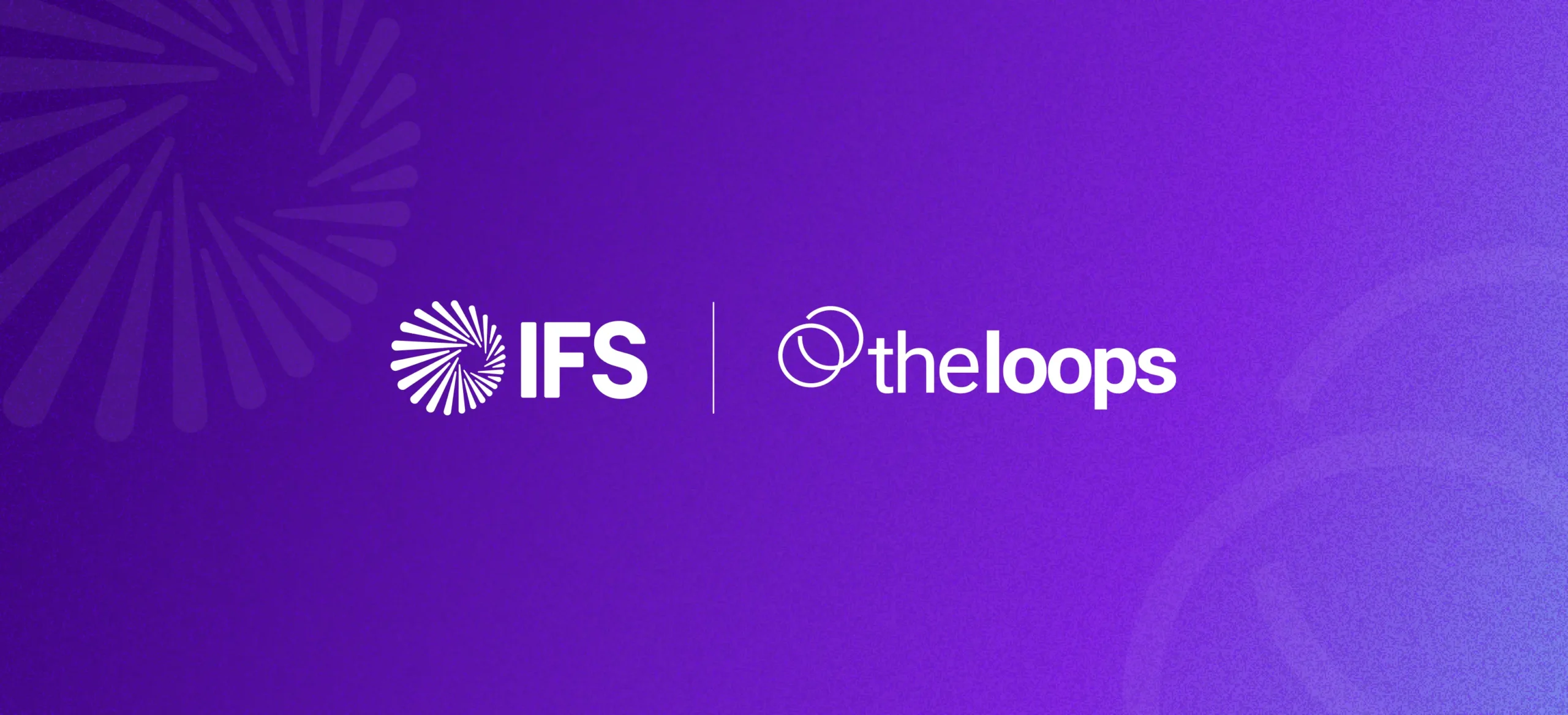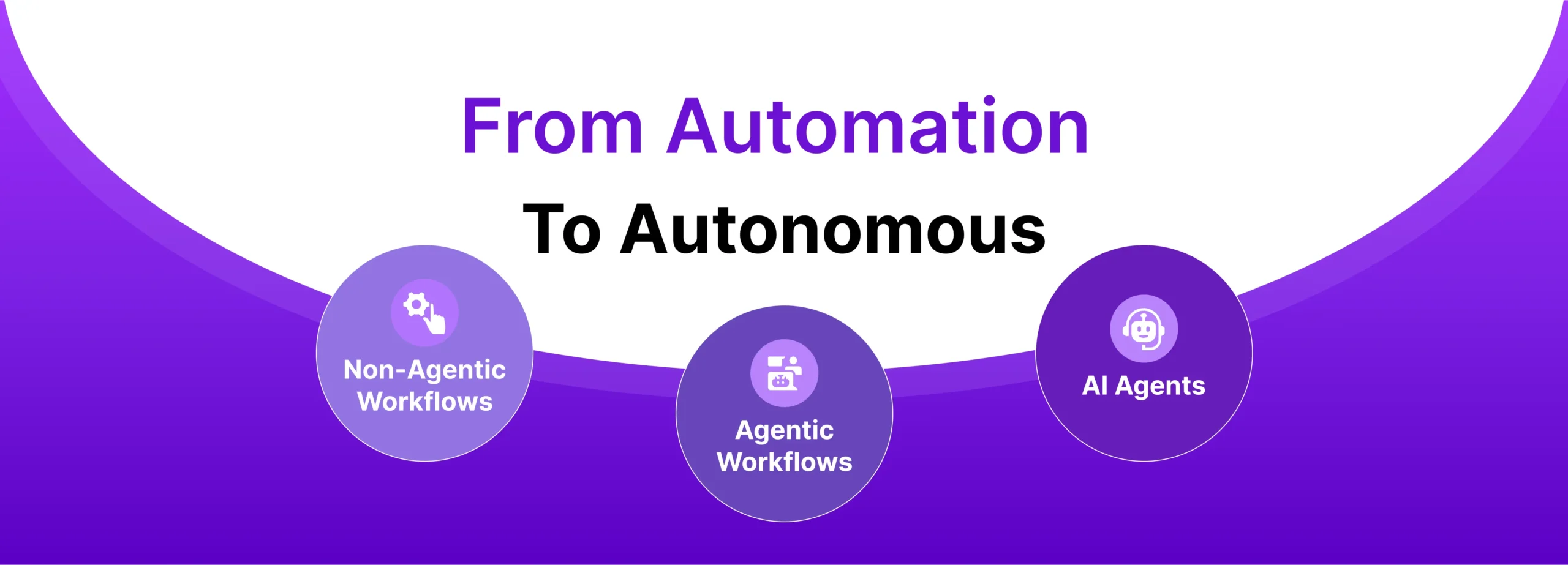The world of “product led growth” requires a new customer lifecycle that reflects how customers are consuming your digital products and aligns with your business operations. Here at TheLoops we’ve been working with leading digital providers to support their growth needs and have developed this new framework. It’s a continuous cycle that feeds into both your product development and business operations with the ultimate aim of increasing customer lifetime value over time.
Customer service tickets represent the tip of the iceberg of information that can be used to improve your business operations. Each interaction of a customers’ users with your digital product potentially points to processes and product improvements that increase the efficiency of your business operations.
Just as every company strives to learn from their customer feedback analytics to improve service, you can also learn from a broader scope of data sources to improve operational efficiency and scale product led growth. And ultimately, increase your customers’ lifetime value. It requires the integration and contextualization of data from many sources to achieve this.
Operations Improvement
Today, support has to go through DevOps or a CloudOps team or the Engineering team to access user journey information, which can take a considerable amount of time. What support teams need is a solution that can correlate data in real-time. One that shows the user journey steps in the product. And the journey should be correlated with your logs, operational alerts, sentiment and team performance metrics to guide in identifying any bottlenecks either in company processes or product features. And when you add to this an ARR-impacted view of your customer base based on CRM data, you will have a big “aha moment” of where you can make the most impactful operations improvements.
Yes, you will definitely improve agent productivity by streamlining engagement procedures but you will also begin align support, product management, engineering and even sales behind the areas where your company needs to focus on improving the overall experience of your product. Connecting your support reps to your product data can dramatically improve resolution rates, but connecting your support performance to customer user journeys and CRM allow you to dramatically increase the rate of improvement of product led initiatives through out your company. The key success factor here is to make relevant data centrally available. Modern day support solutions need to be able to integrate all tools but also drive insights.
Upskill Support Agents
Remember, your service agents are the public face of the company, especially in the digital world – the first point of contact when anything goes wrong. They have a significant impact on the success of your business. But to do their job properly they need to be empowered. According to Zendesk, 73 percent of customers surveyed in its 2021 Customer Experience Trend Report said that speedy support resolutions are key to a good customer experience. Its research shows that quick first replies result in higher customer satisfaction.
Customers feel frustrated when they keep having to explain an issue. Repetitive interactions that can end the relationship. Give support agents the tools they need to easily pull the customer information and elevate the conversation. Resolving or staying ahead of customer issues becomes a reality if you have an automated support operations platform in the backend.
If you’re still not convinced about how important retention is and how support can make a difference let this statistic sink in: when you increase customer retention by just 5% you can boost profits anywhere between 25-95%. Customer support and customer success are inseparable, and the former is a crucial part of the customer’s journey across your organization.
Prevent Escalations
Customer support is no longer about reacting to customer complaints, passing them on to technical teams and hoping for the best. It’s about making decisions and providing advice and resolutions via data-driven insights, therefore preventing the need to escalate an issue. There is an incredibly tight connection between satisfaction, support and contract renewal rate and cloud companies rely on renewals to make money. The support experience cannot be different from the product experience in a SaaS world – this is the key to customer success.
Slowly, people are realizing that support can be a competitive advantage rather than a cost center. Your customers are your most important source for funding your ongoing SaaS business. When you lose customers, you lose recurring revenue and direct cash inflows to your business. Support can prevent this from happening.
Learn From The Past
Brand loyalty is detrimentally affected if you are ignorant to the customer’s journey to date. They don’t want to be asked what the problem is, or when did it first occur? The way forward is empathizing and saying, “I understand you have this issue and it’s happened three times”, in the perfect scenario the agent offers an option and resolves the problem. That type of interaction creates a positive experience and makes the customer feel important and valued, which ultimately drives loyalty and repeat sales.
The support rep conversation is so much better if you have data on what segment the customer is from, what were their past interactions, was there a feature request they asked engineering for, and what was the user doing in the product before they did the touchpoint? This degree of personalization is driven by stitching data sources together.
Preventing Churn
When customers are unhappy, they tend to leave. It’s that simple. Customer churn has a significant impact on your business as it lowers revenues and profits. Yet surprisingly, more than two out of three companies have no strategy for preventing customer churn. That’s astonishing when you consider that 66% of consumers have ended their relationship with a company due to bad customer service.
According to Forbes, customers switching to a competitor costs US companies a combined $1.6 trillion per year. Therefore, engagement is key – highly engaged customers buy 90% more often, spend 60% more per each transaction, and offer 3X the amount of annual revenue compared to unengaged customers.
It’s important to realize that the main reasons for churn have nothing to do with the product, but can be firmly placed at the door of poor customer service. Customers demand impeccable service, however too many companies forget to regard customer support as one of the most important aspects of their business. Customer churn can be reduced by 67% if companies are able to solve customer issues during the first customer support interaction.
To reduce churn automation is required. Automated support operations integrate your customer product data and use AI to provide unified customer visibility. This is the key to an effective digital customer experience and scaling revenue growth. Getting everybody on the same page regarding interactions, and understanding the revenue-at-risk, makes support much more strategic.




